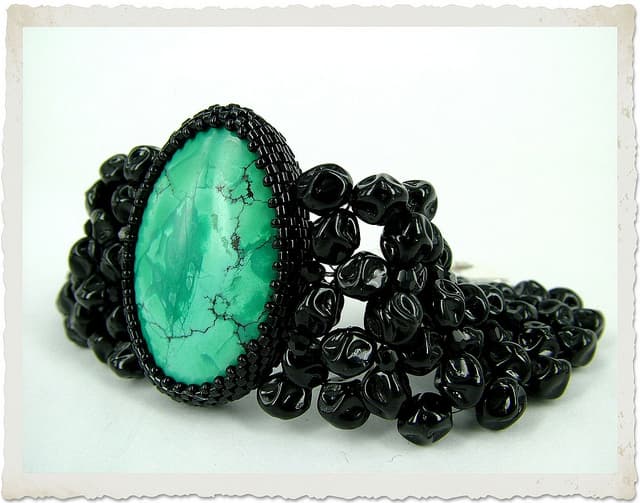Destructive Gemstone Testing
Destructive gemstone testing, done carefully, can help gemologists with difficult gem identifications. Learn the right techniques with our 5-part series.
Why do geologists have an easier time identifying gems than gemologists? Because they can more readily conduct destructive gemstone testing. Geologists can scratch gems to test their hardness, check their reaction to acids, and even put them in a torch's flame to identify them.
These destructive tests are informative but, obviously, they damage the gems and reduce their value. Gemologists normally use complex optical and microscopic examinations to identify unknown gemstones without damaging them. Unfortunately, standard gemological tests occasionally fall short of positive identification. In these cases, gemologists must resort to destructive gemstone testing. With great care, however, these tests can be conducted in a limited manner without diminishing the value of the stone.
Our five-part series on destructive gemstone testing offers concise explanations of the principal procedures.
Destructive Tests: Scratch Testing
Destructive Tests: Streak Tests
Destructive Tests: Hot Point
Destructive Tests: Acid Testing
Destructive Tests: Dye Tests
Donald Clark, CSM IMG
Related Articles
The Art and Science of Identifying Gemstones
How to Modify a Powder Scale for Specific Gravity Testing
Specific Gravity Testing Part 2: Using a Balance Scale or a Hanneman Specific Gravity Scale
Specific Gravity Testing Part 1: Definitions
Never Stop Learning
When you join the IGS community, you get trusted diamond & gemstone information when you need it.
Get Gemology Insights
Get started with the International Gem Society’s free guide to gemstone identification. Join our weekly newsletter & get a free copy of the Gem ID Checklist!
